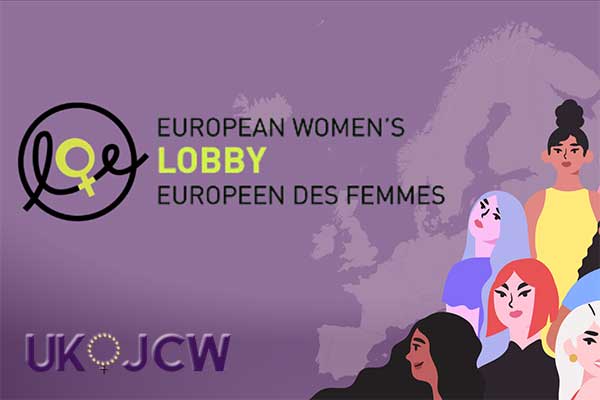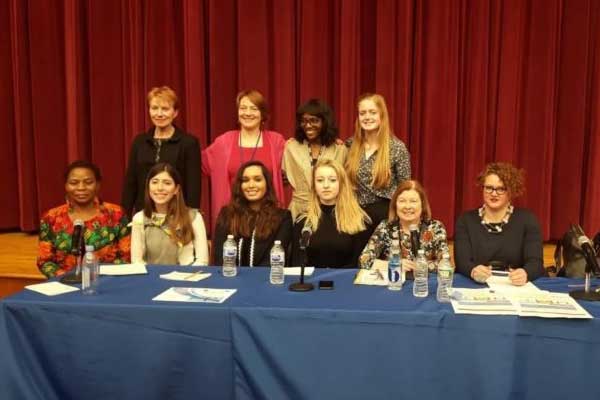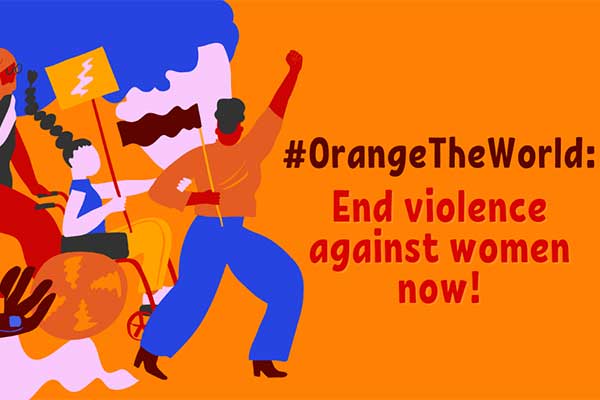Our understanding of the fight for a women’s right to vote is often accompanied by images of Emmeline Pankhurst with bold and brave speeches, of the horrific stories of force feeding and the tragic trampling of Emily Davison. However, the Suffragettes were by no means alone in the campaign for women’s suffrage.
The movements success was due, in part to the sheer number of organisations campaigning for votes for women.
Throughout the 19th Century Sufferagist groups had formed throughout the country and between 1870 and 1884, as a result of their work, debates on women’s suffrage took place almost every year in Parliament.
In 1897 these regional and party affiliated groups came together to form the National Union of Women’s Suffrage Societies. By 1913 almost 500 regional suffrage societies had joined NUWSS. They were led by Millicent Garrett Fawcett who believed in achieving change through parliamentary means.
In 1903, frustrated by the lack of progress Emmeline Pankhurst established the Women’s Social and Political Union, given the initially derogatory name ‘suffragettes’ by the Daily Mail. This group took more militant steps to achieve womens’ suffrage. They heckled politicians, held marches, chained themselves to buildings, and famously went on hunger strike when sent to prison. Their moto was ‘deeds not words’. The organisation did not in fact fight for universal women’s suffrage but for equal voting rights to men. As most working class men had not yet received the vote, this focus alienated working class women.
1914 brought with it the start of the war and a rapid change to the Women’s movements. the East London Federation of Suffragette was established by Emmeline’s daughter Sylvia Pankhurst. This group rejected the violence of the WSPU and instead sought to bring together working class women in campaigning for social reform.
In 1918 women gain the vote! Well women over 30 do as long as they were married to a member of Local Government Register. At the same time most men got the vote over the age of 21 although there were still some property qualifications.
In 1928 this was extended to all women over the age of 21.
For more information about the ‘votes for women’ campaign, check out this detailed article by the Independent.
By Milly Mulcahey




